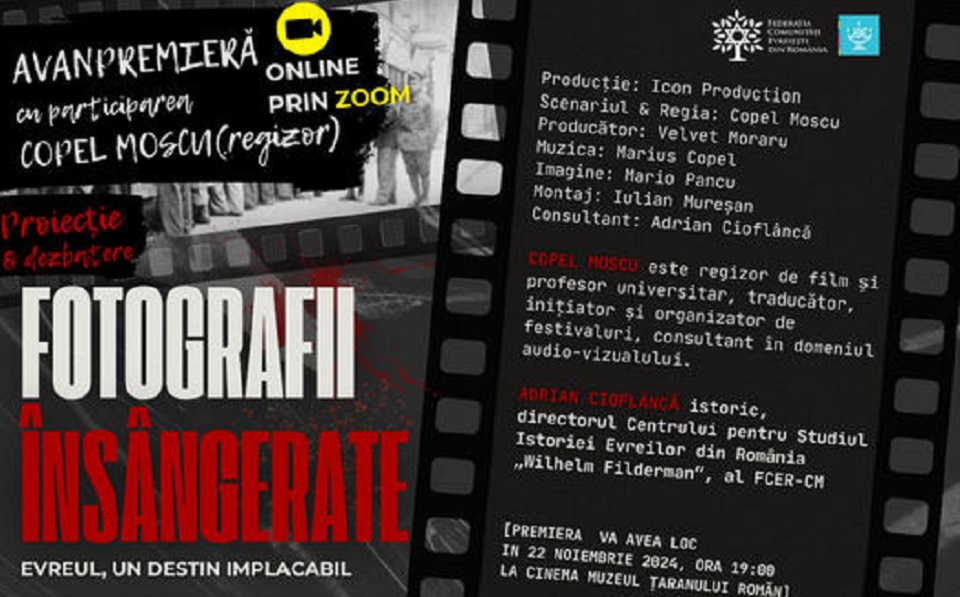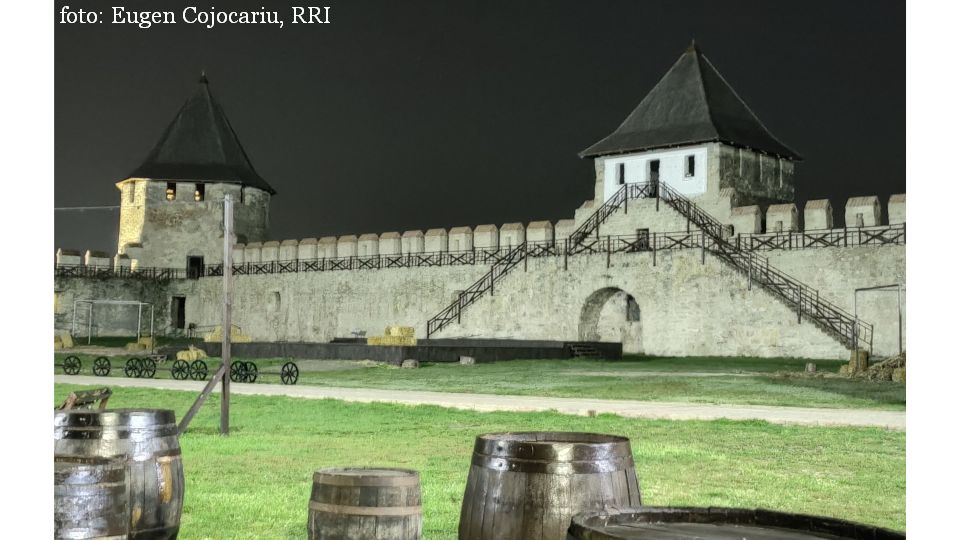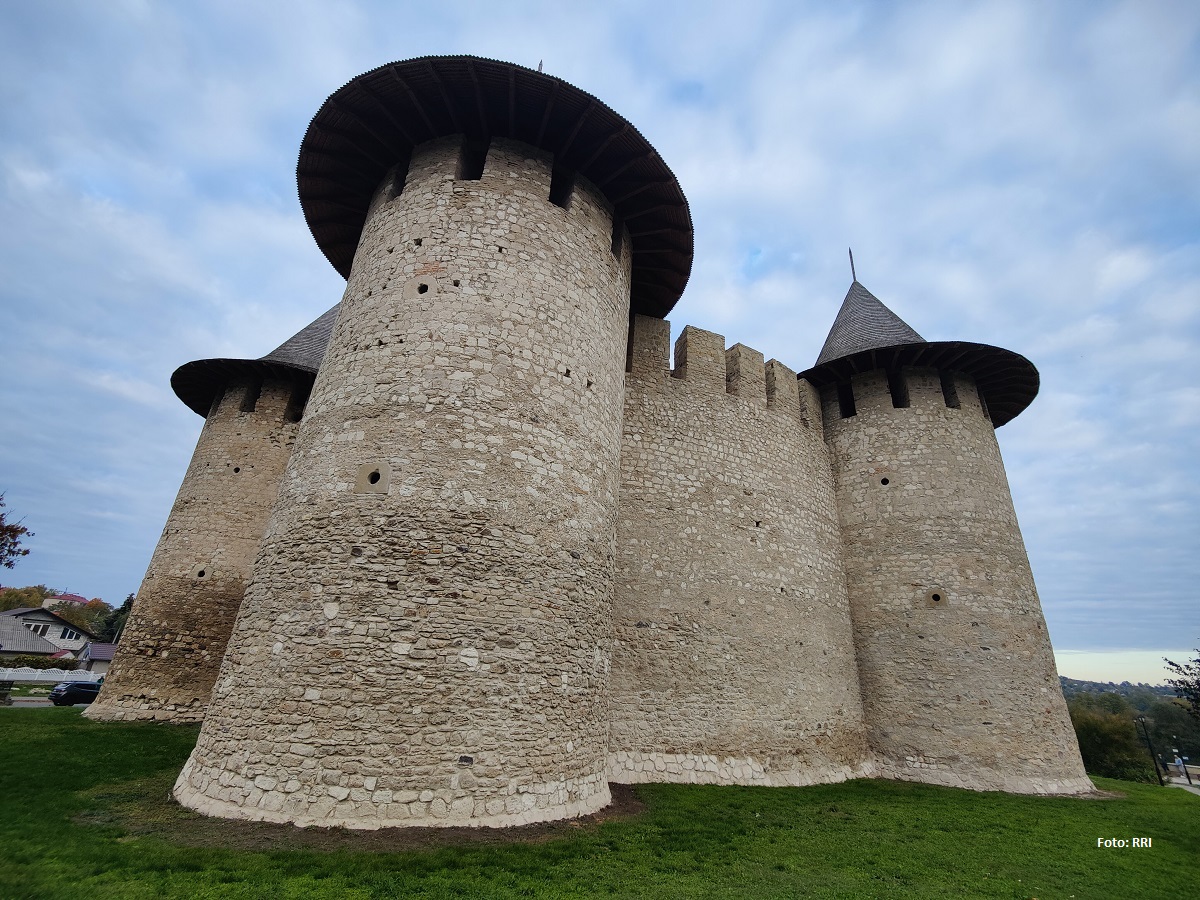The Avram Iancu Memorial Museum
Avram Iancu was an outstanding leader of the Romanians in Transylvania in the 1848 revolution.

Christine Leșcu, 20.09.2014, 01:19
An outstanding leader of the Romanians in Transylvania in the 1848 revolution, Avram Iancu was born in Vidra, a village in the Apuseni Mountains of great interest in terms of ethnicity and history.
Avram Iancu became a legendary figure in Transylvania, and in recognition of his merits and achievements, king Ferdinand set up a memorial museum in the hero’s native village. The museum was opened in 1924 in Avram Iancu’s family house and was visited by the royal family, which was on a journey through Transylvania after the province became part of Romania in 1918. The museum, which isn’t just a memorial house but also an ethnographic museum of a region with an outstanding tradition, has been there for 90 years. Let’s find out more from museographer Ionel Heller.
Ionel Heller: “The house, which was built around 1800 by Avram Iancu’s parents Alexandru and Maria, and was also bequeathed to his children, is a peasant house with a stone foundation, walls built out of fir timber and a steep roof of shingles so that rain and snow slides off. Another building, which was erected on the premises in 1924 with help from the Sibiu-based Astra Society, is actually housing the museum, which is more of a cultural compound. The premises also include a school, a kindergarten and a church. We have there the memorial house, consisting of a living room and a guest room, a porch and a church. In the museum compound we have a history exhibition, an exhibition of ethnographic artifacts, which has on display tools used in a peasant household.”
The section devoted to Avram Iancu as a historical figure has on view two swords that belonged to the hero.
Ionel Heller: “This is a peasant household specific to that region, with a tall bed built in such a manner so as to preserve heat for a long time. On that bed lies a special kind of hey mattress. In front of the bed there is a baby cradle. Then there are shelves all over the place, just like in any other peasant house. In the corner of the room there is a coffer where valuables were kept, such as money and keys. Also in the corner there was a pipe and a cupboard for dishes and food. The stove that you see there was used to heat the entire room and cook meals.”
A peasant household also included other buildings, where tools used in daily activities were kept.
Ionel Heller: “The ethnographic section of the museum has on display folk costumes and various tools used in the weaving of cloth; one can see there a shuttle, a loom and other tools very useful in a peasant’s household. In the last room we have the replica of a cart loaded with all sorts of goods to be sold in fairs across the country. People of this area used to barter the goods they produced in their households for grain in the south of the country.”
The museum in the Avram Iancu village, named after the hero, is more than a memorial house, and it is worth visiting by someone who wants to get a better understanding of the specificity of this region, inhabited by proud and industrious people.






























